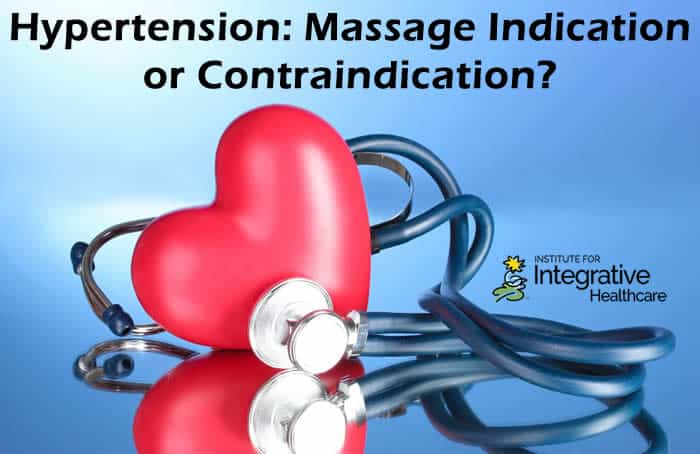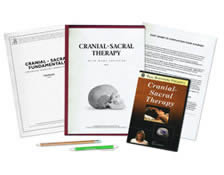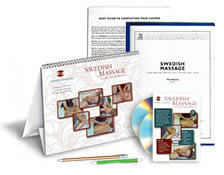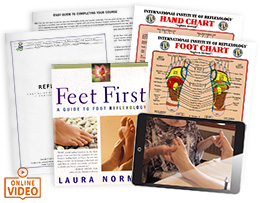

 Want to earn continuing education credit for this article? Learn more.
Want to earn continuing education credit for this article? Learn more.
Hypertension, or high blood pressure, is a serious condition affecting one in three American adults. Blood pressure is the force of the blood pushing against the walls of the arteries. Each time the heart beats, it pumps blood into the arteries. Blood pressure is at its maximum at this time; this is known as the systolic blood pressure. When the heart is at rest between beats, blood pressure falls; this is known as the diastolic pressure. Although there aren’t many noticeable signs of hypertension it increases the risk of both heart disease and stroke.
The Contraindication
When a person has hypertension, excessive pressure is exerted against their blood vessel walls. An activity that might increase an already heightened intravascular pressure risks rupturing the blood vessel, a potentially dangerous scenario. One of the physiological effects of massage, especially a circulatory massage, is blood circulation augmentation.
Massage frees tissue congestion by moving stagnant blood out of a tightened area and flooding it with new, fresh blood. An increase in blood circulation can increase intravascular pressure. This is the reasoning behind a massage therapist’s caution with a hypertensive client.
The Irony
While many new therapists adhere to the contraindications as if they were absolute, there is evidence to the contrary. Overwhelming evidence demonstrates that massage therapy can reduce blood pressure:
- As early as 1999, researchers from the Touch Research Institute, the University of Miami School of Medicine, and Nova Southeastern University in Florida conducted the study “High blood pressure and associated symptoms were reduced by massage therapy.” In this study, participants with controlled hypertension were randomly assigned to either a massage therapy group or a progressive relaxation group. Results showed that while both groups had lower anxiety levels and lower levels of depression, only the massage therapy group showed decreases in sitting diastolic and systolic blood pressure as well as cortisol stress-hormone levels.
- Published in 2005, researchers at the University of South Florida tested the effects of a regularly applied back massage on the blood pressure of patients with clinically diagnosed hypertension. Based on significant point reductions in both systolic and diastolic pressure readings, researchers concluded that blood pressure lowers for people with hypertension who regularly receive massages.
- As a result of the general understanding that massage lowers blood pressure, a 2006 National University of Health Sciences study sought to determine blood pressure changes following different types of therapeutic massage modalities. Researchers determined that Swedish massage had the greatest effect in reducing blood pressure readings, while potentially painful techniques, such as trigger point therapy, might have the opposite effect.
According to medical massage expert, Boris Prilutsky, massage’s mobilization of skin, connective tissue, muscle tissue and the periosteum, stimulates receptors that send messages of relaxation to the central nervous system. These reflexes cause vasodilation, resulting in decreased blood pressure and heart rate.
Practicing Sensibly
What is a practitioner to do when a client presents with high blood pressure? Some texts claim this condition to be a contraindication to massage, while research consistently demonstrates massage can be helpful to someone with elevated blood pressure. With sometimes conflicting information about working with hypertensive clients, massage therapists must take this investigation one step further before making their decision. The following suggestions will help devise an action plan:
- If a client’s high blood pressure is not controlled, get permission from their healthcare practitioner prior to massage. Determining if their blood pressure is controlled will require extra effort during the intake process. Some clients may be alarmed at a request to consult with their doctor, but explaining your concerns will foster their trust in you. When in doubt, always seek the permission from the physician treating a client with high blood pressure.
- When working with a hypertensive client, choose massage modalities to encourage the relaxation response in lieu of intense and possibly painful techniques. Examples of modalities particularly suited for relaxation and hypertension include Swedish massage, craniosacral therapy and reflexology.
Whenever conflicting information places you in a professional quandary, further evaluation is required. This is certainly the case in administering massage to a client with high blood pressure. Although massage therapy will likely increase the circulation within the blood vessels, relaxing strokes will concurrently dilate those vessels. The net result of massage’s simultaneous circulation enhancement and vessel dilation is a reduction in body tension and blood pressure. The danger of enhanced circulation is typically only dangerous when a person’s blood pressure is not controlled, requiring the client’s physician to give a massage therapist the green light to commence with bodywork.
Earn continuing education credit for this article contained in our Hypertension, Cholesterol & Massage series. Click here to enroll.














